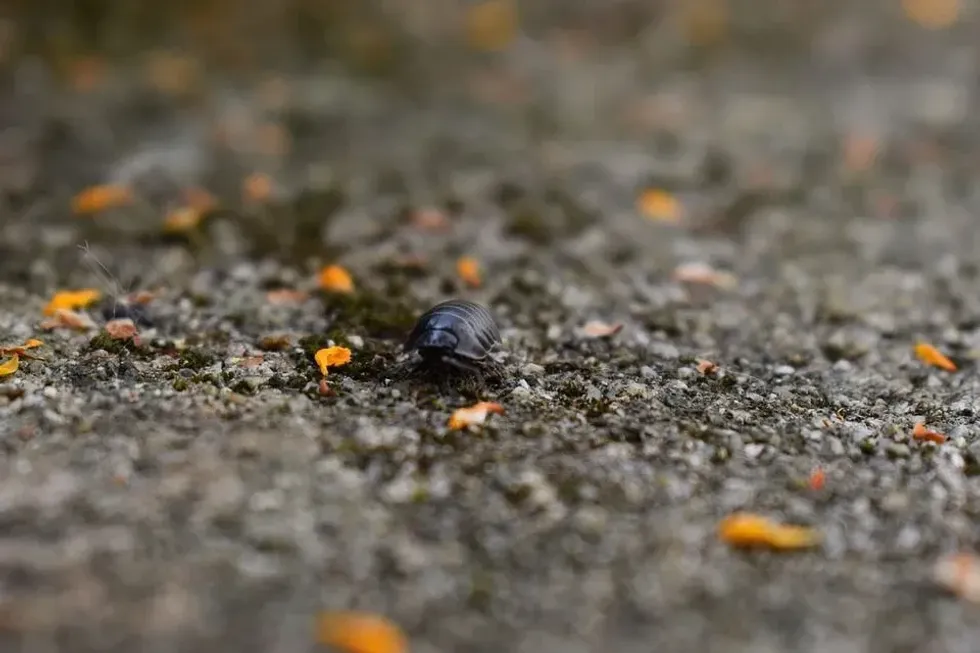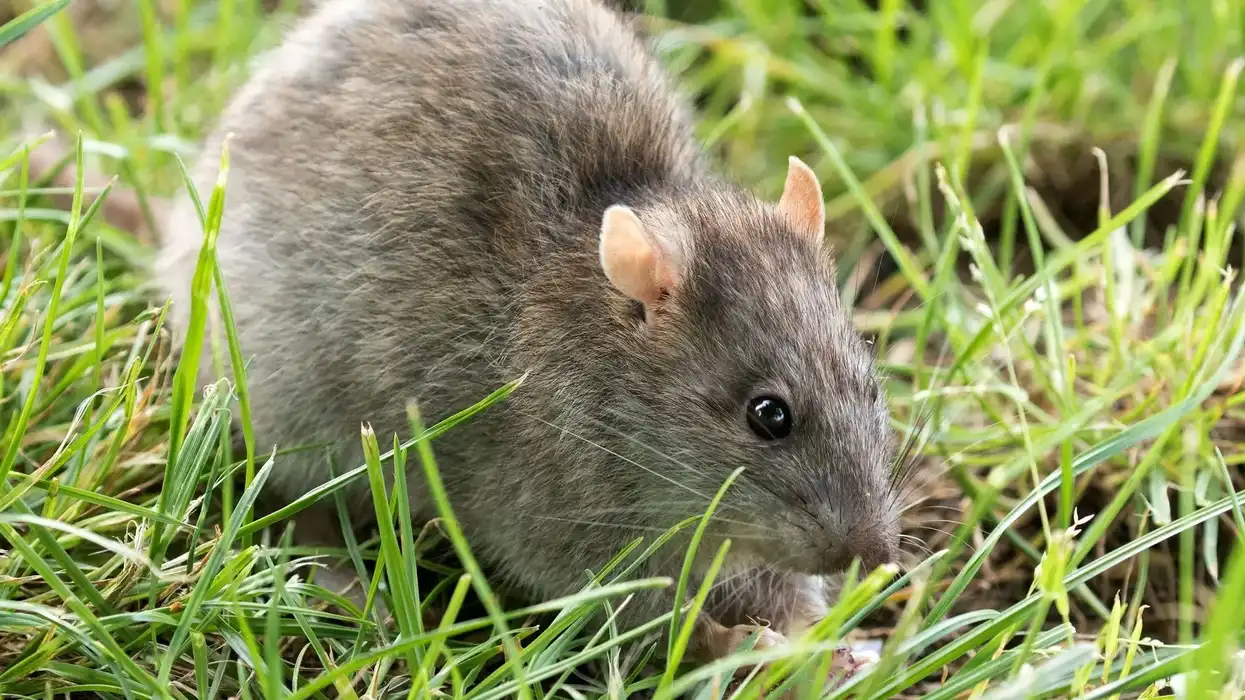The common woodlouse, also known as a sowbug, is a species of the class Malacostraca that is surprisingly closely related to crabs and lobsters. They are oval, flat brown, grey, and reddish color animals who are the only Malacostraca animals that can live both on water and land.
These animals are herbivores who only survive by eating plants and fruits. They are tiny animals, not too big, at just 0.1 to 1.1 in (2.54-27.9 mm) in length. These animals have a relatively unique feature in females too. The female carries her eggs with her in a small brood pouch connected to her body!
We have lots of interesting facts on woodlice that everyone can enjoy. Let's have a look at these interesting facts and if you do like these, you can read our guides to the water beetle and dung beetle too.
Woodlouse Interesting Facts
What type of animal is a woodlouse?
A common woodlouse is a member of the Malacostraca class that is a related species to crabs and lobsters!
What class of animal does a woodlouse belong to?
The common woodlouse belongs to the class Malacostraca.
How many woodlice are there in the world?
According to scientific research, it has been estimated that about 3500 species of woodlouse can be found in the world.
Where does a woodlouse live?
The common woodlouse prefers to live in dark and damp places, mainly under the logs or stones. They are also found between walls and in compost heaps. Some species of woodlouse prefer to live in aquatic habitats so they are sometimes found in the water, where their ancestors used to live.
What is a woodlouse's habitat?
The common woodlouse is mainly found in the British Isles. They love dark and damp places where they can stay hidden from their predators and can also eat plant matter like leaves and dead plants.
In these dark spaces they often also eat decaying wood. Some species also live in aquatic habitats as they can also breathe underwater using specially adapted gills.
Who do woodlice live with?
Common woodlice often live with creatures of their kind in colonies.
How long does a woodlouse live?
The common woodlouse species can live for three to four years as adults.
How do they reproduce?
Woodlice reproduce in spring or early summer. Common woodlice mate and lay eggs, which the female woodlouse carries around in a small brood pouch that is connected with her body. These eggs hatch in the pocket and the young babies stay there until they are big enough to survive on their own.
What is their conservation status?
The common woodlouse is not considered to be endangered and is also considered to be non-impactful to humans. They are classified by the IUCN as Least Concern.
Woodlouse Fun Facts
What do woodlice look like?
Common woodlice (Oniscus asellus) are oval, flat animals with a thick exoskeleton that has seven segments. Each segment consists of a pair of legs. They are often grey, brown, or reddish in color.
How cute are they?
Whether they are cute or not is completely subjective, but we think they look uber-cute! One of the best woodlouse facts for kids is that some people find them appealing enough to keep them as a pet. These cute creatures are not dangerous and they cause no harm to humans.
How do they communicate?
Communication in the common woodlouse species is not particularly well-researched so there is no definite and specific answer to how they communicate with each other.
How big is a woodlouse?
A woodlouse can range from 0.1-1.1 in (2.54-27.9 mm) in length. They are usually ten times smaller than a cat.
How fast can woodlice move?
Woodlice can move quite fast, with so many pairs of long legs that help their body by keeping them above the ground. Although they are pretty fast, their exact speed has not been calculated.
How much does a woodlouse weigh?
The weight of a woodlouse is currently unknown.
What are their male and female names of the species?
There are no different names for male and female woodlice, but it is easy to differentiate between the two as females have brood pouches, which males do not have.
What would you call a baby woodlouse?
A baby woodlouse is also known as a manca. After their eggs hatch, the manca stay in the pouch for a specific time, and when they are old enough, they leave their family and live on their own.
What do they eat?
These grey-brown woodlice prey on dead plants and decaying woods. They are herbivore animals who only feed on leaves, fruits, and plant matter.
Are they harmful?
Woodlice are harmless to humans. They generally stay far away from human beings and live their lives quite peacefully.
Would they make a good pet?
Woodlice are not harmful, so some people keep them as a pet for a few days and then later release them into wild forests.
Did you know...
One of the best woodlouse facts for children is that a woodlouse is also called a pill bug. This is because when the woodlouse feels threatened, it curls into a ball, showing only its exoskeleton body. This feature where they turn into a ball fascinates everybody!
There are 3500 species of woodlice that have been found in the whole world.
Woodlice in houses
Common woodlice can enter your house quickly, but they are not pleasant to find in homes and can cause superficial damage to furniture and decorations. To get rid of them, you can use insecticide sprays and powders around doors and entry points.
This chemical will keep them away from your house. Woodlice can be a sign of dampness inside your home or that there is decaying wood inside your home.
Unique features of woodlice
Each species of woodlouse has seven segments in its body, and each segment has one pair of legs.
A woodlouse's senses are centered around its eyes and antennae. They have twenty-five individual ocelli in their eyes, which help them to identify large objects.
Here at Kidadl, we have carefully created lots of interesting family-friendly animal information for everyone to discover! Learn more about some other arthropods, including the orb-weaver spider, or the house centipede.
You can even occupy yourself at home by drawing one on our Woodlouse coloring pages.









